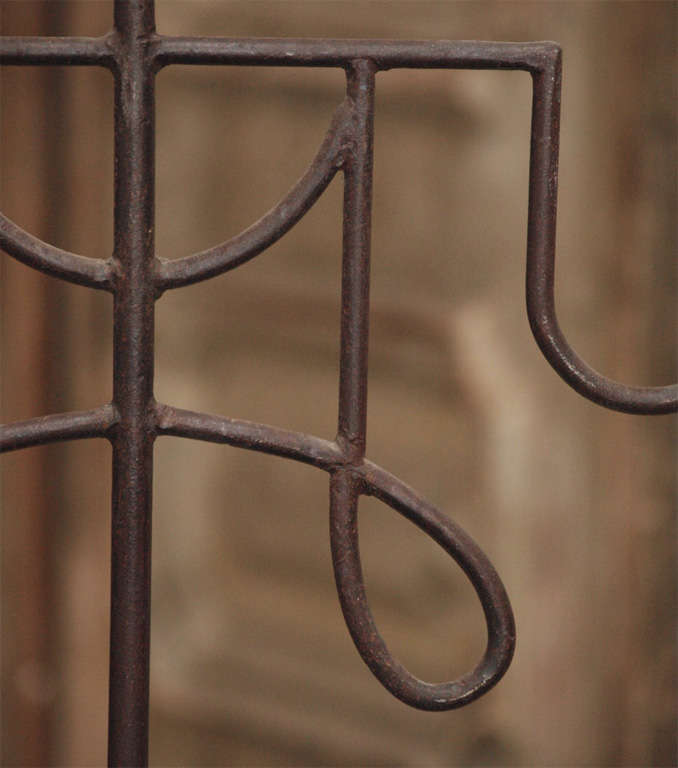
Piranesi’s lifelong obsession with architecture, past and present, was fundamental to his genius.

He was able to focus in on his awareness of what was noble and magnificent and gain a sense for the sublime in the architectural tradition of Rome. Piranesi’s interest in ruins was genuine antiquarian desire to preserve and record. The views were intended as tourist souvenirs and, from their instant popularity, Piranesi had obviously judged the market well. Piranesi’s Vedute, which overshadowed competitor’s views of Roman landmarks through compelling compositions, strong lighting contrasts, and dramatic presentation, shaped European conceptions of present day Rome.
Piranesi antiques series#
He was able to faithfully imitate the actual remains his invention in catching the design of the original architect provided the missing parts.īy 1747, Piranesi had begun work on the Vedute di Roma, and he continued to create plates for this series until he died in 1778. He appreciated not only the engineering of the ancient buildings but also the poetic aspects of the ruins. The remains of Rome kindled Piranesi’s enthusiasm. The city was attracting artists and architects from all over Europe beside the Grand Tourists, dealers and antiquarians. In the 18 th century Rome became a new meeting place and intellectual capital of Europe for the leaders of a new movement in the arts. It's in very nice condition for a print of, of this era.Ī retail value would be around $2,500 to $3,000.ĪPPRAISER: So I, I'm glad you saved it from the rain.ĪPPRAISER: Well, it may be time to get it out of the garage.“ Veduta dell’ interno dell’ Anfiteatro Flavio, detto il Colosseo” etching from the Vedute di Roma, made in 1766 by Giovanni Battista Piranesi, here in a 3 rd state (of V) and published in 1792. GUEST: (chuckling): I, I haven't done anything with it.ĪPPRAISER: Well, just take it to a decent framer, get rid of that mat.īut otherwise, it's, it's not torn, it's not stained, it's not glued down. The lack of the centerfold, because the early editions were, almost always had centerfolds.Īnd then the later editions had extra numbers put on them.Ĭondition-wise, you got sort of a junky mat here.ĪPPRAISER: (chuckling): But that's what it came with. GUEST: How did you know it was the Paris edition?ĪPPRAISER: Partly it's the watermark, is one way you tell, and another way, along the bottom over here, that's his original address and the price. APPRAISER: Of each print.ĪPPRAISER: And then there are hundreds of prints in this series. There's lots of different editions of the Piranesis, but in the, the first Paris edition, you're looking at somewhere in the mid- to high hundreds were, were printed. This is printed later, probably from the first Paris edition, probably was published between 1800. The print was first made in 1759 or 1760.

They then excavated it out, and that arch is still there, and it looks a whole lot more impressive. So it just was, all this junky soil was there. This ground is now probably ten or 15 feet lower.ĪPPRAISER: Because the land kept flooding, and they never cleaned it out. We call that area- basically through here- the Roman Forum now, and this is the arch itself. It's the Arch of Septimius Severus in Rome. This print is from the, Piranesi's most famous series, the "Views of Rome," or the "Vedute di Roma," which was popular in his day and has been popular ever since. GUEST: I always thought it was something special, but I didn't really know much about it, and I wanted to find out more about it before I got it framed.ĪPPRAISER: It's an etching by Giovanni Battista Piranesi, uh, who was a major Italian printmaker, the major architectural etcher of the 18th century, and actually a personal favorite of, of mine. GUEST: No, we have moved quite a bit, and so it's been sitting in a cardboard box in our garage. Just, anything that he wasn't interested in, he tossed out.ĪPPRAISER: And when did you save it from the rain?ĪPPRAISER: Have you had it hanging since then, or you just. GUEST: No, he usually got stuff from estate sales, and he. (chuckles) APPRAISER: Did the friend you ha, got it from have any idea as to what it was? GUEST: One of my friends was getting rid of a bunch of stuff, and he had left this in his front porch, and it was about to rain, so I didn't want to get it wet. (chuckles) APPRAISER: And how did you happen to acquire this print? GUEST: So I brought a print by I believe an artist Piranesi.


 0 kommentar(er)
0 kommentar(er)
